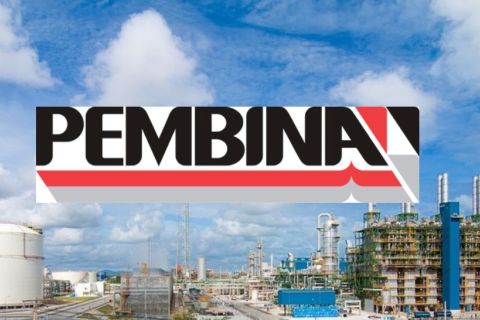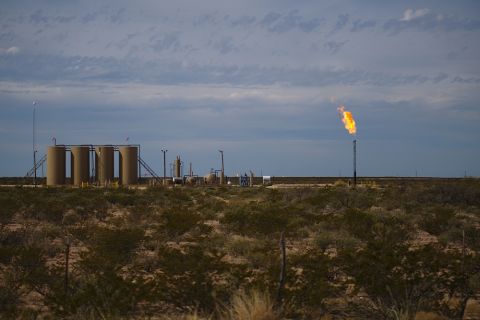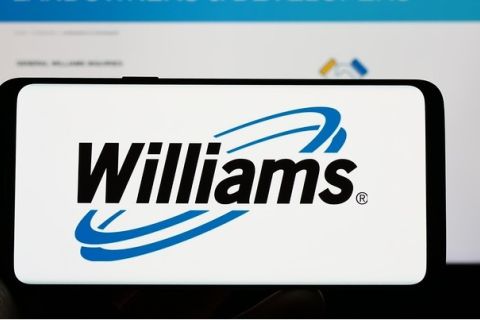Presented by:

Editor's note: This article appears in the new E&P newsletter. Subscribe to the E&P newsletter here.
No oil and gas company has been immune to the recent oil price downturns of recent years, which in turn has placed long-term focus on driving costs down to ensure a sustainable future in fluctuating environments.
Couple that with the impact of the COVID-19 pandemic and there has been an immediate need for companies to understand in detail the intricacies of their supply chain and how they can adapt, at pace, when unprecedented times arise.
Further changes are also quickly occurring. Last year the industry consisted of oil and gas companies and an oil and gas supply chain. Today operators are now energy companies, and the oil and gas supply chain must become the energy supply chain.
A changing model
As a result of this changing landscape, oil and gas operators are becoming leaner and fitter for the future, focusing on the value-add operations, and stripping out the waste associated with duplication of effort, or processes, which do not form part of the core recovery operation.
However, for operators to truly reap these benefits, they need to partner with the logistics supply chain in a more agile way, evolving away from the traditional “command/control” model. Collaboration between operators and logistics providers under an improved and connected model will offer significant advantages through economies of scale and access to world-class processes and technologies.
Transition to this new way of working is possible, but it can only be driven by all parties sharing the same transformational mindset.
It all starts with planning
Planning is the process of thinking about the activities required to achieve a desired goal. It is the first and foremost activity to achieve results. It involves the creation and maintenance of a structured delivery approach to products or services.
In the logistics supply chain, integrated planning is always the most important element. In the conventional logistics model, achieving accurate, early planning to deliver greater visibility and most-efficient allocation of resources has always been the biggest challenge.
We believe implementing a control tower model allows the most effective planning, coordinating and executing of all activities related to the handling and movement of operators' critical resources.
At Peterson, the implementation of the control tower model stemmed from understanding customer needs to change the established principles of how logistics is managed in the industry and to move to a more modern and efficient way of thinking.
The control tower must act as a centralized hub for planning, visibility, decision-making and action, based on availability of real-time analytics gathered from the relevant technology applications. By collecting data from the daily processes, the control tower captures clear insights into performance and allows continuous improvement in the planning process.
By functioning in this way, the model helps to break down the traditional silos that exist in the industry and move away from the control rooms seen today to value-adding control towers that deliver greater operational efficiency.
When issues occur, the increased visibility, live updates and immediate access to the necessary information ensure that those in the control tower know exactly which actions to take at each step of the process and can make informed decisions based on feedback received.
The essence of the control tower function is in delivering features and benefits through an automated approach, including:
- End-to-end visibility and control: visibility over the order, transportation and vendors;
- Real-time tracking: achieved through smart devices to help create easy communication with transport and visibility on managing deliveries;
- Multi-channel access: access to information across the supply chain and the ability to collaborate in real time;
- Data analytics: used to efficiently manage the service and effectively support the delivery process while maintaining a high quality of service;
- Mobile alerts: gives the control tower team the ability to resolve disruptions before they disrupt the customer; and
- Resource and equipment maximization: the shore base model leverages greatest efficiencies when expanded to include warehousing, road transport, CCUs, aviation and long-term storage.
Technology at the core
Effective use of technology is at the very heart of the control tower model. When technology is coupled with traditional logistics business models, the result will be an agile delivery approach with workflows that are capable of improving business performance and enhancing the customer experience.
It is through this use of technology that it is possible to proactively monitor activity, provide greater visibility, efficiency and accuracy, ensuring the right material is in the right place at the right time while improving performance and delivering greater efficiency to operators.
Technology is also what will drive standardized processes throughout the logistics supply chain, providing overarching visibility, allowing a lean and agile approach to collaboration and cost reduction.
What's next?
The industry is beginning to recognize that the way to truly unlock the value of a control tower is to enable further collaboration across the industry’s ecosystems. This will lead to the control tower model being utilized more fully for the management of regional hubs, which will facilitate the sharing of offshore logistics, warehousing and other resourcing to unlock significant savings.
RELATED CONTENT:
July 24, 2020: "Age of Logistics as a Service" by Peterson
Recommended Reading
Pembina Pipeline Enters Ethane-Supply Agreement, Slow Walks LNG Project
2024-02-26 - Canadian midstream company Pembina Pipeline also said it would hold off on new LNG terminal decision in a fourth quarter earnings call.
Waha NatGas Prices Go Negative
2024-03-14 - An Enterprise Partners executive said conditions make for a strong LNG export market at an industry lunch on March 14.
EQT CEO: Biden's LNG Pause Mirrors Midstream ‘Playbook’ of Delay, Doubt
2024-02-06 - At a Congressional hearing, EQT CEO Toby Rice blasted the Biden administration and said the same tactics used to stifle pipeline construction—by introducing delays and uncertainty—appear to be behind President Joe Biden’s pause on LNG terminal permitting.
Williams Beats 2023 Expectations, Touts Natgas Infrastructure Additions
2024-02-14 - Williams to continue developing natural gas infrastructure in 2024 with growth capex expected to top $1.45 billion.
Wayangankar: Golden Era for US Natural Gas Storage – Version 2.0
2024-04-19 - While the current resurgence in gas storage is reminiscent of the 2000s —an era that saw ~400 Bcf of storage capacity additions — the market drivers providing the tailwinds today are drastically different from that cycle.





